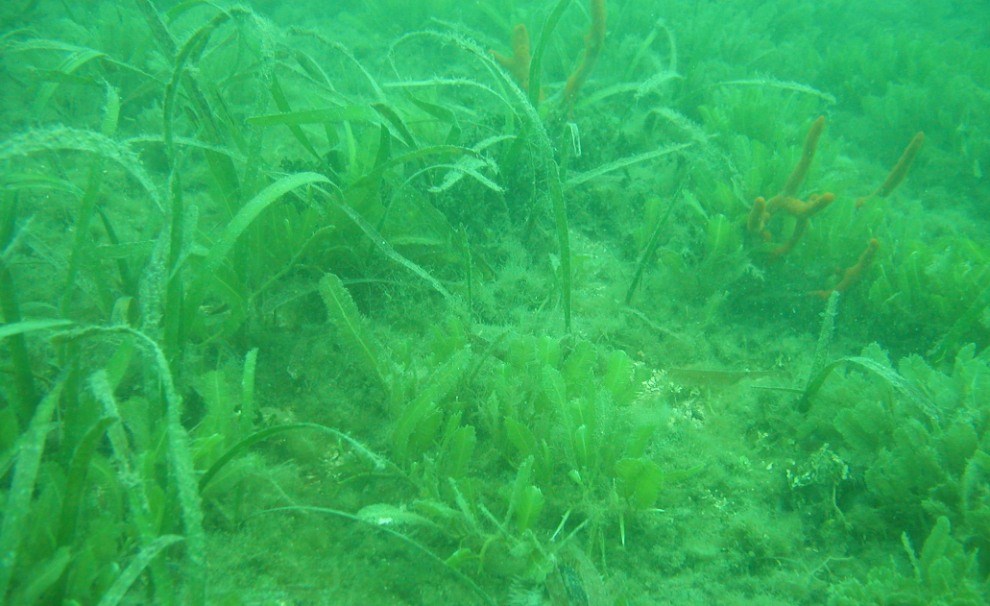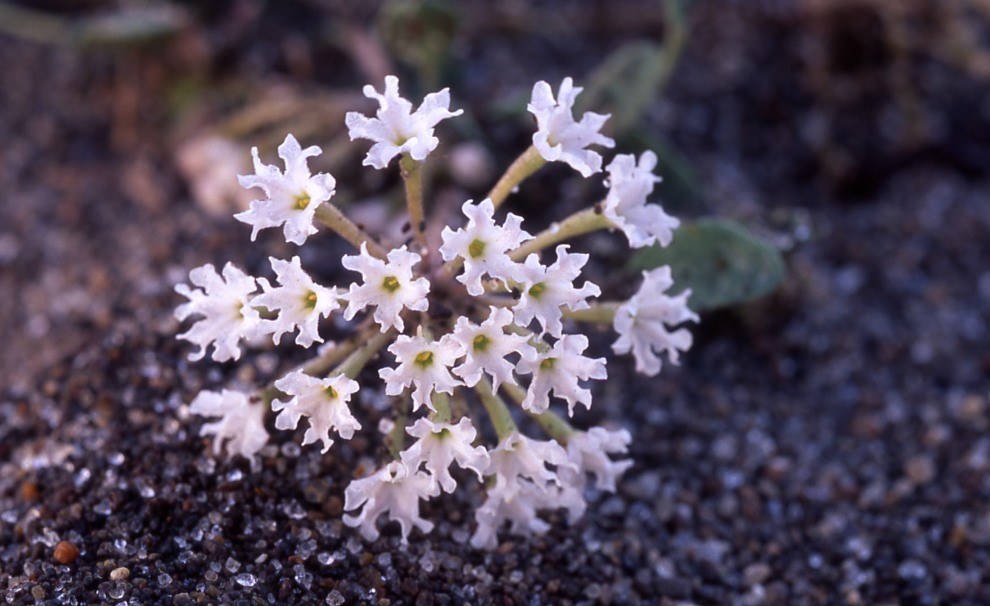Part of a series of articles titled Coastal Geomorphology—Ecological Effects of Storms.
Previous: Salt Marshes
Article

NOAA image.
Storms effect various types of plant communities differently, but typically native species are quite resilient to storm-related stress. Hurricane Camille (1969) only minimally affected saltmarsh cordgrass (Spartina alterniflora), black needlerush (Juncus roemerianus), and common reed (Phragmites communis) in the Mississippi River Delta (Chabreck and Palmisano 1973). Turtle grass (Thalassia testidinum) beds in south Florida appeared undisturbed after Hurricane Andrew (1992) (Ogden 1992), and there was no major loss of Alabama’s seagrass resources due to Hurricanes Ivan (2004) or Katrina (2005) (Byron and Heck 2006).
In general, woody vegetation is likely to be more damaged than herbaceous vegetation (Craighead and Gilbert 1962), and altered sites are generally more heavily affected than natural sites (Conner et al. 1989). Areas undergoing restoration often do not fare well during storms. For example, the majority of native dune vegetation—sand verbena (Abronia maritima)—planted for stabilization of dune habitat was lost during the Great Storm of ’88—some to sand burial, while others exposed to breaking waves were stripped of all aboveground biomass (Fink 1989).

NPS photo by Jennifer Whipple.
A particular concern is the exacerbated spread of exotic species as an outcome of hurricanes (Mallin and Corbett 2006). Such species have a knack for populating disturbed areas. For example, after Hurricanes Ivan (2004) and Katrina (2005), Chinese tallow (Sapium sebiferum)—a fast-growing, exotic species that seems particularly capable of invading hurricane impacted areas—spread along the Gulf Coast of Alabama (Jackson 2006). Chinese tallow was introduced into the United States from China as an ornamental plant in the 1700s. It impacts coastal areas by crowding out native species (U.S. Department of Agriculture 2009).

NPS photo.
Part of a series of articles titled Coastal Geomorphology—Ecological Effects of Storms.
Previous: Salt Marshes
Last updated: July 18, 2019